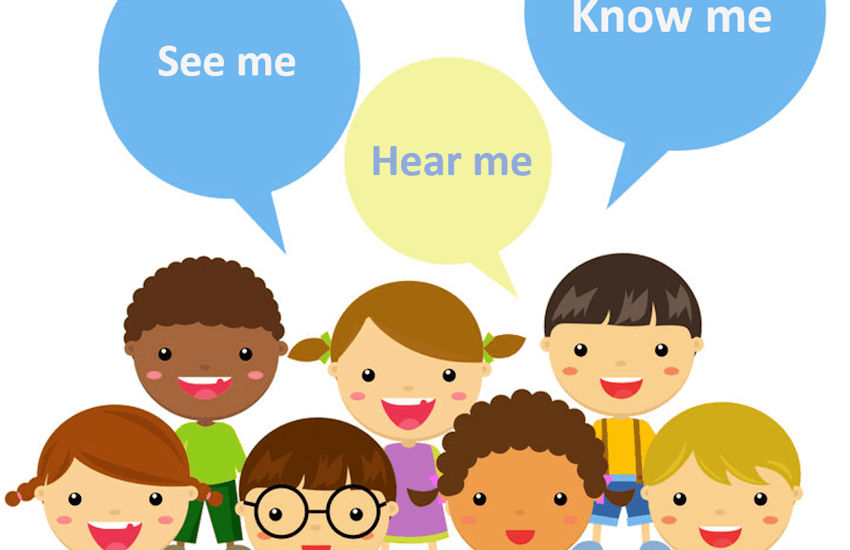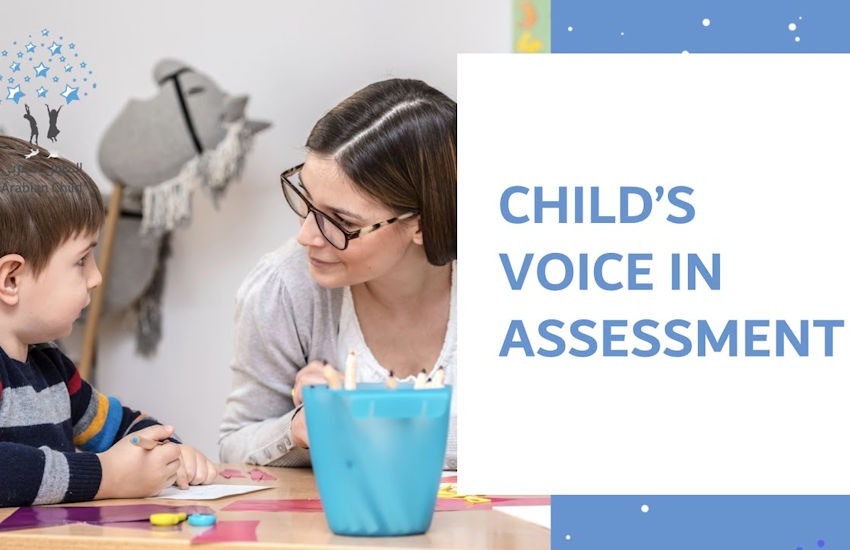Voice of the Child assessments are a way of ensuring that the views and feelings of children are taken into account in any decision-making process that may affect them. These assessments are used in a wide range of settings, including family court proceedings, child protection cases, and educational contexts.
What is the purpose of voice of the child assesments?
The purpose of a Voice of the Child assessment is to gather information directly from the child about their needs, wishes, and feelings. This can include their views on where they want to live, who they want to have contact with, and what support they need to achieve their goals. By gathering this information, professionals can make more informed decisions about how best to support the child.
One of the key principles of Voice of the Child assessments is that they are child-centered. This means that the focus is on the child and their needs, rather than on the preferences or priorities of other adults involved in the process. Professionals who conduct these assessments must be skilled at engaging with children in a way that is age-appropriate, respectful, and responsive to their individual needs.
Voice of the Child assessments may involve a range of different methods for gathering information from children. These can include interviews, questionnaires, observations, and creative activities such as drawing or role-play. The specific methods used will depend on the age and developmental stage of the child, as well as the context in which the assessment is being carried out.
It is important to note that Voice of the Child assessments are not just a tick-box exercise. The information gathered must be carefully considered and integrated into any decision-making process. This means taking into account the child’s views alongside other important factors such as their safety, welfare, and rights.
Overall, Voice of the Child assessments play a crucial role in ensuring that children’s voices are heard and that their needs are taken into account in any decision that may affect them. By engaging with children in a way that is respectful, child-centered, and age-appropriate, professionals can work towards creating outcomes that are in the best interests of the child.


